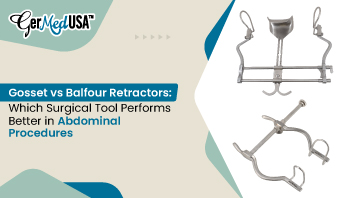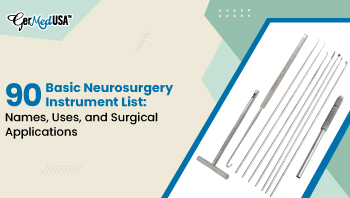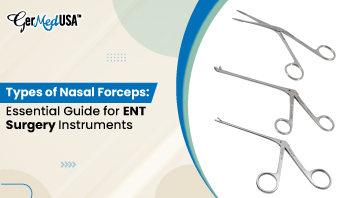Shopping Cart
-
 Autem ipsa ad 1 x $145.80
Autem ipsa ad 1 x $145.80 -
 Tenetur illum amet 1 x $150.80
Tenetur illum amet 1 x $150.80 -
 Non doloremque 1 x $165.80
Non doloremque 1 x $165.80

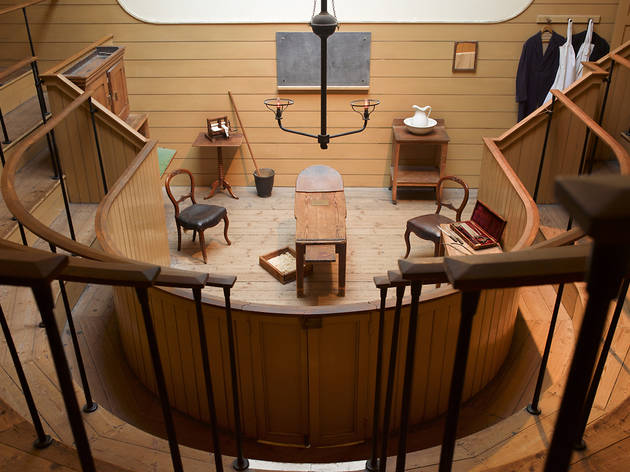 The museum was created by St Thomas’s doctor Richard Mead. He had a fascinating treatment for hemorrhagic illnesses: snail water anybody? There is also a set of equipment for cupping, bleeding and surgical excision, or skull-drilling, at the operating theater. An old apothecary, officially known as the "Herb Garret" is of value at the attic. It filled the entire space before allowing a way for the operating theatre.
The museum was created by St Thomas’s doctor Richard Mead. He had a fascinating treatment for hemorrhagic illnesses: snail water anybody? There is also a set of equipment for cupping, bleeding and surgical excision, or skull-drilling, at the operating theater. An old apothecary, officially known as the "Herb Garret" is of value at the attic. It filled the entire space before allowing a way for the operating theatre.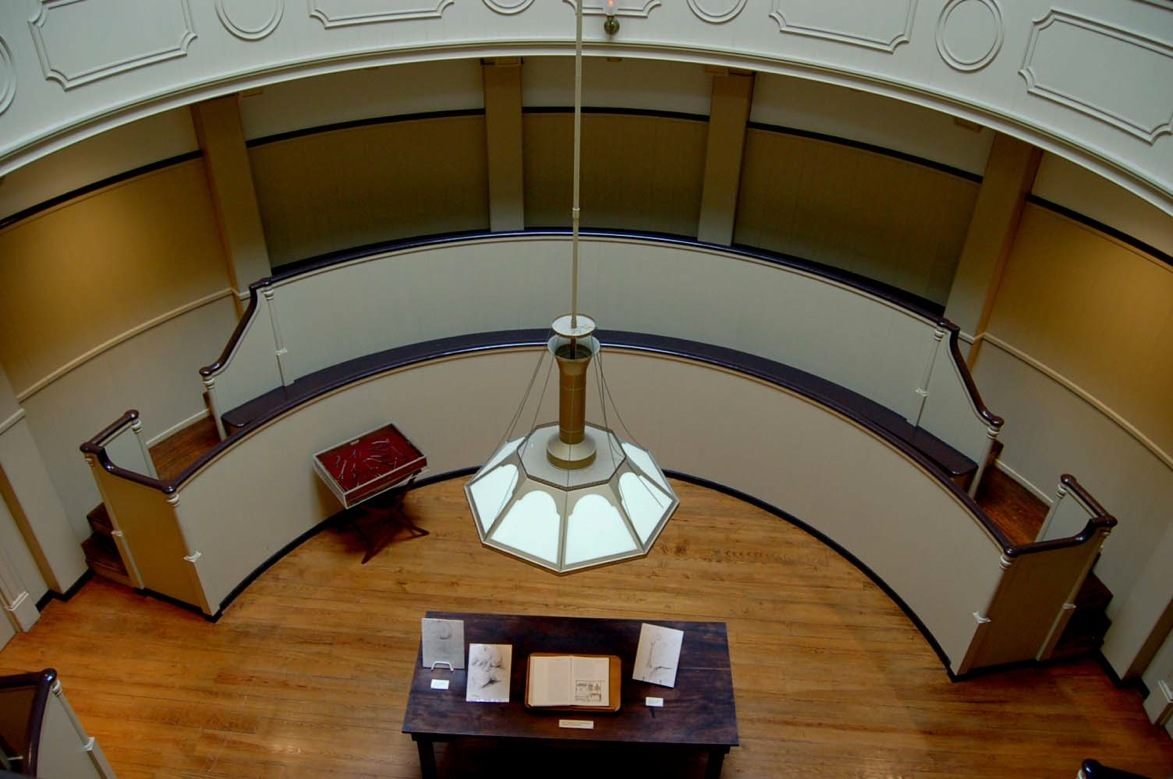 The operating theater was the first of its type in USA, built-in 1804 and used until 1868. The amphitheater building has helped to establish surgery and make it into a known medical discipline. Of course, in 1804 you would always not have liked to be the one on the table. "Whisky, heroin, or mallet?
The operating theater was the first of its type in USA, built-in 1804 and used until 1868. The amphitheater building has helped to establish surgery and make it into a known medical discipline. Of course, in 1804 you would always not have liked to be the one on the table. "Whisky, heroin, or mallet?